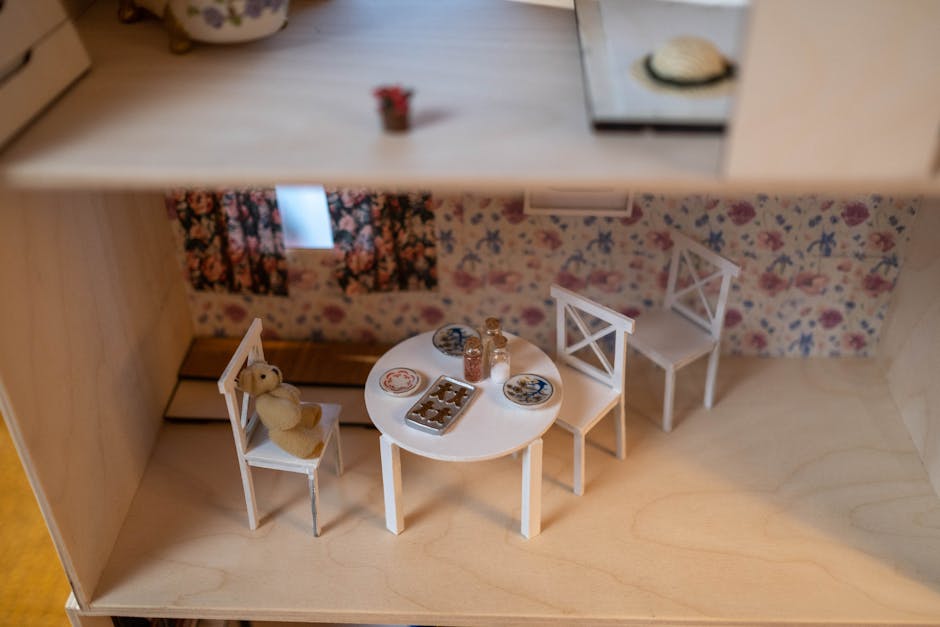The Art of Toy Photography: Capturing Childhood Memories
In a world where digital screens dominate our attention, the simple joys of childhood toys often get overlooked. Yet, these small treasures hold the power to unlock a world of imagination and nostalgia. Toy photography is an art form that bridges the gap between childhood wonder and artistic expression. Whether you’re a seasoned photographer or a parent looking to capture memories, this guide will explore the enchanting world of toy photography. 📸✨
Table of Contents
1. Introduction to Toy Photography
2. The Emotional Connection: Why Toy Photography Matters
3. Essential Equipment for Toy Photography
4. Techniques to Bring Toys to Life
5. Capturing the Perfect Shot: Tips and Tricks
6. Editing Your Toy Photos
7. Conclusion
8. FAQs
Introduction to Toy Photography
Toy photography is more than just snapping pictures of toys. It’s about telling a story, evoking emotions, and creating art. This niche form of photography allows you to capture the essence of childhood, transporting both the photographer and the viewer back to simpler times. Whether you’re photographing action figures, dolls, or miniature landscapes, toy photography offers endless possibilities for creativity and expression.
The Emotional Connection: Why Toy Photography Matters
Toys are not just playthings; they are cherished symbols of our formative years. Each toy carries a unique story, a memory waiting to be relived. Through toy photography, we can preserve these memories and share them with others. For parents, it becomes a way to capture the fleeting moments of their child’s growth. For collectors and enthusiasts, it’s an opportunity to bring their beloved figures to life in imaginative settings. Toy photography is a heartfelt tribute to the innocence and joy of childhood. 🎨❤️
Essential Equipment for Toy Photography
Getting started with toy photography doesn’t require an extensive kit. However, having the right tools can significantly enhance your results:
1. Camera
While a DSLR or mirrorless camera offers the best control and quality, a smartphone with a good camera can also work wonders. The key is understanding how to use your device effectively.
2. Lenses
For DSLR users, a macro lens is ideal for capturing detailed close-ups of your toys. A standard zoom lens can also be versatile enough for a range of shots.
3. Tripod
A sturdy tripod is essential for keeping your camera steady, especially in low-light conditions or when using slower shutter speeds.
4. Lighting
Natural light is your best friend for toy photography. However, investing in a small lightbox or using reflectors can help you manipulate light to your advantage.
Techniques to Bring Toys to Life
Toy photography is all about creativity and storytelling. Here are some techniques to make your toys pop:
1. Perspective
Experiment with different angles to add interest and depth to your photos. Shooting from a toy’s eye level can create a more immersive experience.
2. Backgrounds
Choose backgrounds that complement your toys. You can use dioramas, nature settings, or even DIY setups to create a captivating scene.
3. Props & Accessories
Enhance your storytelling by including props that interact with your toys. Miniature furniture, vehicles, or everyday objects can add context and intrigue.
Capturing the Perfect Shot: Tips and Tricks
Now that you’ve set the stage, it’s time to capture that perfect shot:
1. Focus on the Eyes
Just like in portrait photography, focusing on the eyes of your toy can create a sense of life and personality.
2. Use Depth of Field
A shallow depth of field can help isolate your subject and create a dreamy, blurred background. Adjust your aperture settings to achieve this effect.
3. Composition
Apply the rule of thirds, leading lines, and other compositional techniques to guide the viewer’s eye and enhance your photo’s impact.
Editing Your Toy Photos
Editing is an essential step in refining your toy photographs. Here are some tips to enhance your images:
1. Adjust Lighting & Contrast
Use editing software to adjust brightness, contrast, and saturation, helping your photos look more vibrant and polished.
2. Remove Imperfections
Spot removal tools can help eliminate dust or scratches that might distract from your main subject.
3. Experiment with Filters
Filters can add a unique mood or effect to your images. Don’t be afraid to experiment to find a style that suits your vision.
Conclusion
Toy photography is a delightful blend of nostalgia and artistry, offering endless opportunities to create lasting memories. Whether you’re capturing the innocence of childhood or crafting imaginative worlds, this art form encourages us to see toys through a new lens. So, gather your favorite figures, unleash your creativity, and start capturing those precious moments today! 🎥✨
FAQs
What is toy photography?
Toy photography is the art of capturing photographs of toys in creative and imaginative ways, often aiming to tell a story or evoke emotions.
Can I use my smartphone for toy photography?
Absolutely! Many smartphones have excellent cameras and can be used effectively for toy photography. The key is understanding how to use lighting and composition to your advantage.
Do I need professional editing software?
While professional software like Adobe Lightroom or Photoshop offers advanced features, free or budget-friendly apps like Snapseed or Lightroom Mobile are also great for editing toy photos.
Embrace the magic of toy photography and let your creativity soar! 🌟
